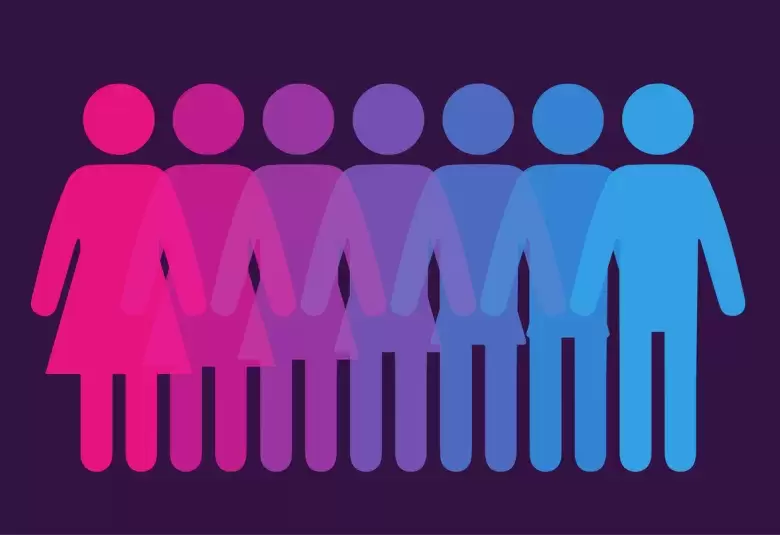During this symposium, Professor Nadja Marić, Serbia, discussed the patient’s journey through schizophrenia, different stages of the disease, and how treatment approaches at different stages can be tailored to optimise long-term outcomes.
A journey to recovery
Four decades ago, Elyn R Saks was diagnosed with schizophrenia, given a pessimistic prognosis and told she would ‘never live or work on [her] own’. Today, Professor Saks is an expert in mental health law at the University of Southern California, and has written an award-winning autobiography about her experiences of living with schizophrenia.1 This exceptional journey illustrates some of the changes in thinking about schizophrenia over the past few decades, and what is possible in terms of patient recovery. In the past, schizophrenia was often characterised as a ‘debilitating and severe mental disorder’. Now, the recovery-oriented approach to this disorder has brought a more optimistic outlook, and encompassed a greater variety of long-term outcomes of patients.2
Staging to guide treatment
Staging of schizophrenia is one way to improve patient outcomes, if treatments applied at early stages can aid their disease course. The most developed model of the staging of psychosis and schizophrenia is that of McGorry et al., which defines stages from 0 (no risk and symptoms), through pre-clinical stages 1A and 1B, to the first episode of psychosis at stage 2, remission and relapses at stage 3, to persistent symptoms at stage 4.3 Long-term studies have shown that a proportion of patients will remain relapse-free after a first episode of psychosis, and factors, such as fewer negative symptoms at first episode and a shorter duration of untreated psychosis, were associated long-term remission.4
Factors such as fewer negative symptoms at first episode and a shorter duration of untreated psychosis were associated long-term remission
Needs of patients at different stages
The needs of patients at disease stages 1 and 2 are therefore key to optimising their long-term outcomes and potential to remain relapse free. At stage 1, clinicians need to be able to identify when patients are in a clinical high-risk state, and start appropriate treatment at this stage. This includes treating co-morbidities to reduce patients’ burden of disease and improve their resilience. Needs-based psychosocial support, psychoeducation for patients and their families, and clinical monitoring and crisis management are also key at this stage.5,6
Reducing the duration of untreated psychosis is key in optimising long-term outcomes
At stage 2, patients require treatment as early as possible, to reduce the duration of untreated psychosis. Low doses of antipsychotics at this stage can minimise the onset of adverse events, while managing their symptoms. Patients’ engagement with the multidisciplinary teams will also foster an optimistic, recovery-oriented approach. Above all, patients at all stages can be offered psychosocial interventions to help them gain a meaningful life – one with purpose and results for themselves and others.7
Educational financial support provided by Gedeon Richter Plc & RECORDATI S.p.A
Our correspondent’s highlights from the symposium are meant as a fair representation of the scientific content presented. The views and opinions expressed on this page do not necessarily reflect those of Lundbeck.




